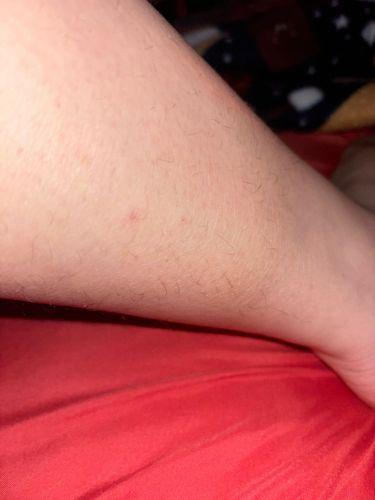Flea
Scientific Name: Ctenocephalides felis (cat flea, most common), Ctenocephalides canis (dog flea), Pulex irritans (human flea), etc.
Order & Family: Order Siphonaptera, Family Pulicidae (common fleas), among others
Size: Typically 1.5 to 3.3 mm (0.06 to 0.13 inches) long.

Natural Habitat
Fleas are commonly found on warm-blooded animals such as mammals and birds. They can also infest environments where their hosts reside, including carpets, bedding, furniture, and pet resting areas.
Diet & Feeding
Adult fleas are obligate hematophagous parasites, meaning they feed exclusively on the blood of their animal hosts. Larvae feed on organic detritus, including adult flea feces (which consists of dried blood).
Behavior Patterns
Fleas are highly agile, capable of jumping long distances (up to 200 times their body length) to land on a host. They spend most of their adult lives on a host, feeding on blood. Fleas have a complete metamorphosis, with eggs laid on the host, which then fall off into the environment. Larvae feed on organic debris, pupate, and then emerge as adults when a host is detected by vibrations, CO2, or heat.
Risks & Benefits
Risks: Fleas can cause intense itching, allergic dermatitis (FAD), and secondary skin infections in humans and animals. They are also vectors for various diseases, including bubonic plague (Yersinia pestis), murine typhus (Rickettsia typhi), and tapeworms (Dipylidium caninum). Benefits: Fleas do not offer significant direct benefits to humans or ecosystems, apart from serving as a food source for some predatory insects and small animals.
Identified on: 9/4/2025